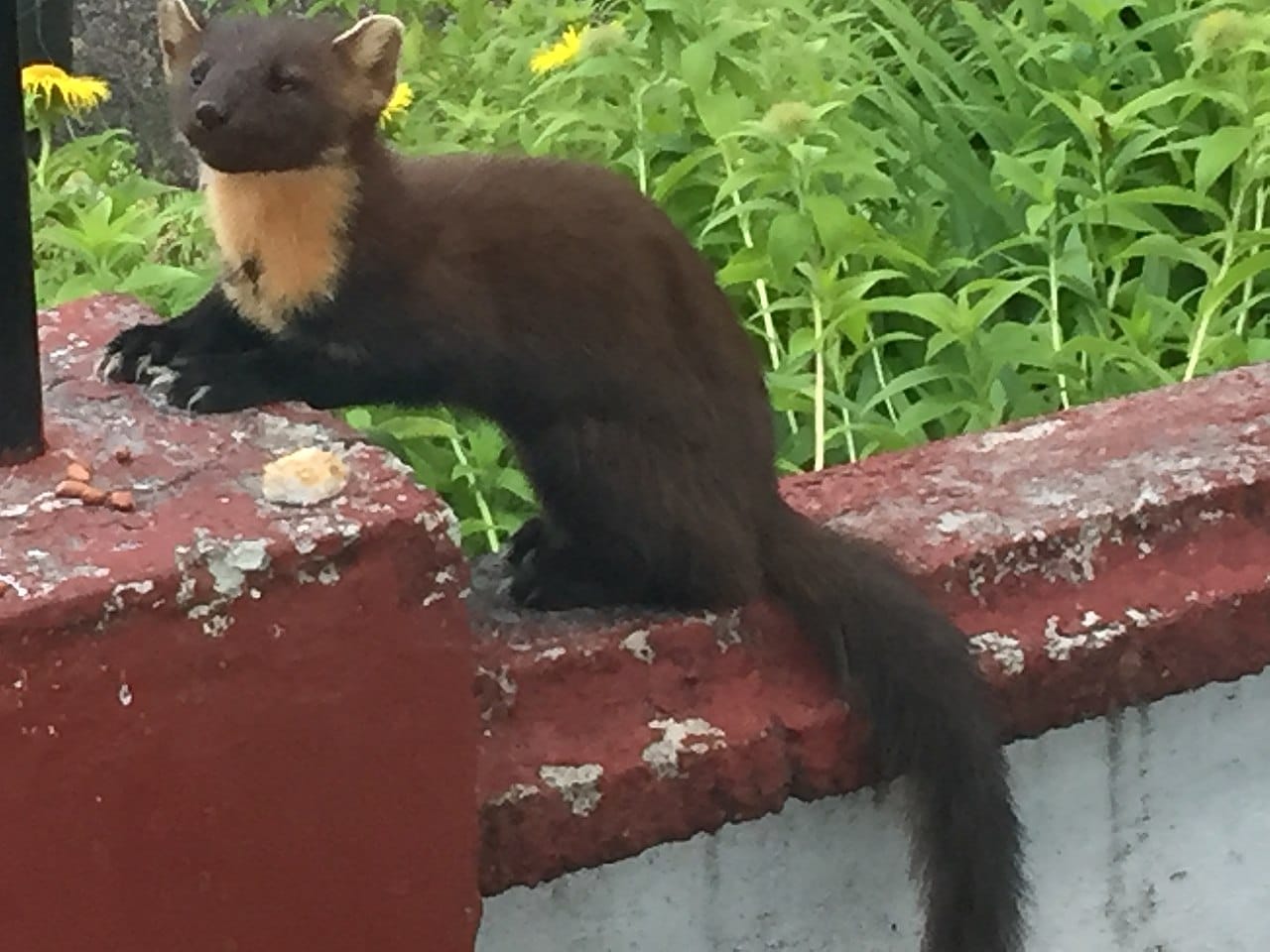

aequatorialis by Edgar Alexander Mearns in 1903 was a skin of an adult female ocelot from Talamanca canton in Costa Rica. albescens by Jacques Pucheran in 1855 was a specimen from Brownsville, Texas. melanura by Robert Ball in 1844 was a specimen from British Guiana. pseudopardalis by Pierre Boitard in 1845 was an ocelot kept in the Jardin des plantes. Leopardus griseus by John Edward Gray in 1842 was a spotted cat skin from Central America.chibi-gouazou by Edward Griffith in 1827 was based on earlier descriptions and illustrations. Felis mitis by Frédéric Cuvier in 1824 was a specimen from Rio de Janeiro, Brazil.Several ocelot specimens were described in the nineteenth and twentieth centuries, including: The genus Leopardus was proposed by John Edward Gray in 1842 for several spotted cat skins in the collection of the Natural History Museum, London. Taxonomy įelis pardalis was the scientific name proposed for the ocelot by Carl Linnaeus in 1758. Other vernacular names for the ocelot include cunaguaro (Venezuela), gato onza (Argentina), gato tigre (Panama), heitigrikati (Suriname), jaguatirica, maracaja (Brazil), manigordo (Costa Rica, Panama and Venezuela), mathuntori, ocelote, onsa, pumillo, tiger cat (Belize), tigrecillo (Bolivia) and tigrillo (Colombia, Ecuador, Guatemala, and Peru). Another possible origin for the name is the Latin ocellatus ("having little eyes" or "marked with eye-like spots"), in reference to the cat's spotted coat. The name "ocelot" comes from the Nahuatl word ōcēlōtl ( pronounced ), which generally refers to the jaguar, rather than the ocelot. The association of the ocelot with humans dates back to the Aztec and Incan civilizations it has occasionally been kept as a pet. While its range is very large, various populations are decreasing in many parts of its range.

The ocelot is listed as Least Concern on the IUCN Red List, and is threatened by habitat destruction, hunting, and traffic accidents. They stay with their mother for up to two years, after which they leave to establish their own home ranges. After a gestation period of two to three months the female gives birth to a litter of one to three kittens. Both sexes become sexually mature at around two years of age and can breed throughout the year peak mating season varies geographically.

It preys on small terrestrial mammals, such as armadillos, opossums, and lagomorphs. It is efficient at climbing, leaping and swimming. Typically active during twilight and at night, the ocelot tends to be solitary and territorial. It prefers areas close to water sources with dense vegetation cover and high prey availability. It is native to the southwestern United States, Mexico, Central and South America, and to the Caribbean islands of Trinidad and Margarita. It was first described by Carl Linnaeus in 1758. Actualmente vive y trabaja en Cracovia.The ocelot ( Leopardus pardalis) is a medium-sized spotted wild cat that reaches 40–50 cm (15.7–19.7 in) at the shoulders and weighs between 7 and 15.5 kg (15.4 and 34.2 lb) on average. En 1998, Kremer regresó a Polonia de forma permanente. Ella solo pudo regresar a Polonia después de dieciséis años cuando el comunismo cayó en 1991. En 1985 Kremer se naturalizó como ciudadana estadounidense. Después de un año de vivir en Greenwich Village y exhibir en la ciudad, Kremer se mudó a West Virginia, donde pintó de manera prolífica y disfrutó de la belleza de la naturaleza, la simple amabilidad de los demás y la inspiración infinita de la maternidad. El 2 de diciembre de 1975, Kremer llegó a la ciudad de Nueva York por invitación de la Fundación Kosciuszko, un centro estadounidense para la cultura polaca. En 1975, Kremer había recibido numerosos premios en toda Polonia había sido incluida en once colecciones permanentes y había participado en más de 70 exposiciones en Polonia, Alemania, Austria, Noruega, Francia, Brasil, Argentina, Suiza, Bélgica, Inglaterra, Finlandia, Italia, Venezuela, Cuba, Turquía, Irán y Australia. Poco después, estos grabados fueron incluidos en la publicación alemana Kafka in der Kunst (Kafka in Art) de Wolfgang Rothe. Las primeras obras de Kremer que se adjudicaron fueron ilustraciones de varios de los cuentos de Franz Kafka. La prestigiosa Albertina en Viena, Austria, que "aloja una de las colecciones de arte gráfico más grandes y preciosas del mundo", adquirió uno de sus gráficos en su primer año fuera de la Academia. Cuando Kremer se graduó de la Academia de Bellas Artes en 1966, su trabajo de postgrado fue rápidamente reconocido y aclamado como uno de los mejores trabajos artísticos producidos en Polonia en ese momento.


 0 kommentar(er)
0 kommentar(er)
